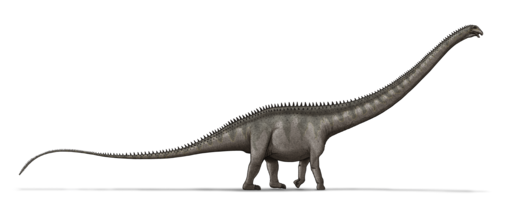The Giant of the Late Jurassic
Supersaurus was a colossal herbivorous dinosaur that lived during the Late Jurassic period, approximately 155 to 150 million years ago.

| Meaning | Super lizard [Super-saurus] |
| Pronunciation | SOO-per-sore-us |
| When: | Late Jurassic (about 153–150 million years ago) |
| Where: | North America (USA, Colorado, Wyoming) |
| What: | Sauropod (diplodocid) |
| Weight: | Estimated around 35–40 metric tons |
| Length: | Approximately 33–34 meters (108–112 feet) |
| Diet: | Herbivorous (ate high vegetation like conifers) |
| Discovered: | First described by James Jensen in 1985 |
It belonged to a group of dinosaurs known as sauropods, characterized by their long necks, small heads, and immense size.
Supersaurus was one of the largest dinosaurs to have ever lived, with estimates suggesting it reached lengths of up to 33-34 meters (108-112 feet) and weighed several tons.
This gentle giant had a relatively slender body compared to other sauropods, such as Diplodocus or Brachiosaurus.
Its long neck and tail helped it reach vegetation high above the ground, allowing it to feed on plants that other herbivores couldn’t access.
Supersaurus likely traveled in herds to find enough food to sustain its massive body.
Fossils of Supersaurus have been found in North America, primarily in the Morrison Formation, a rich deposit known for its diverse array of Late Jurassic dinosaurs.
